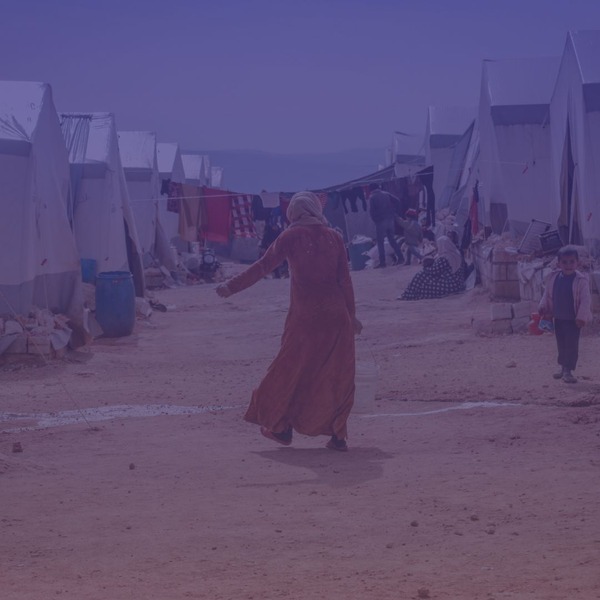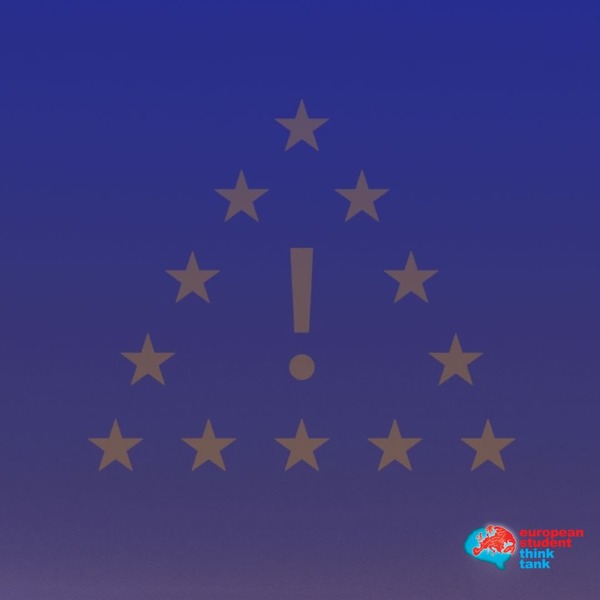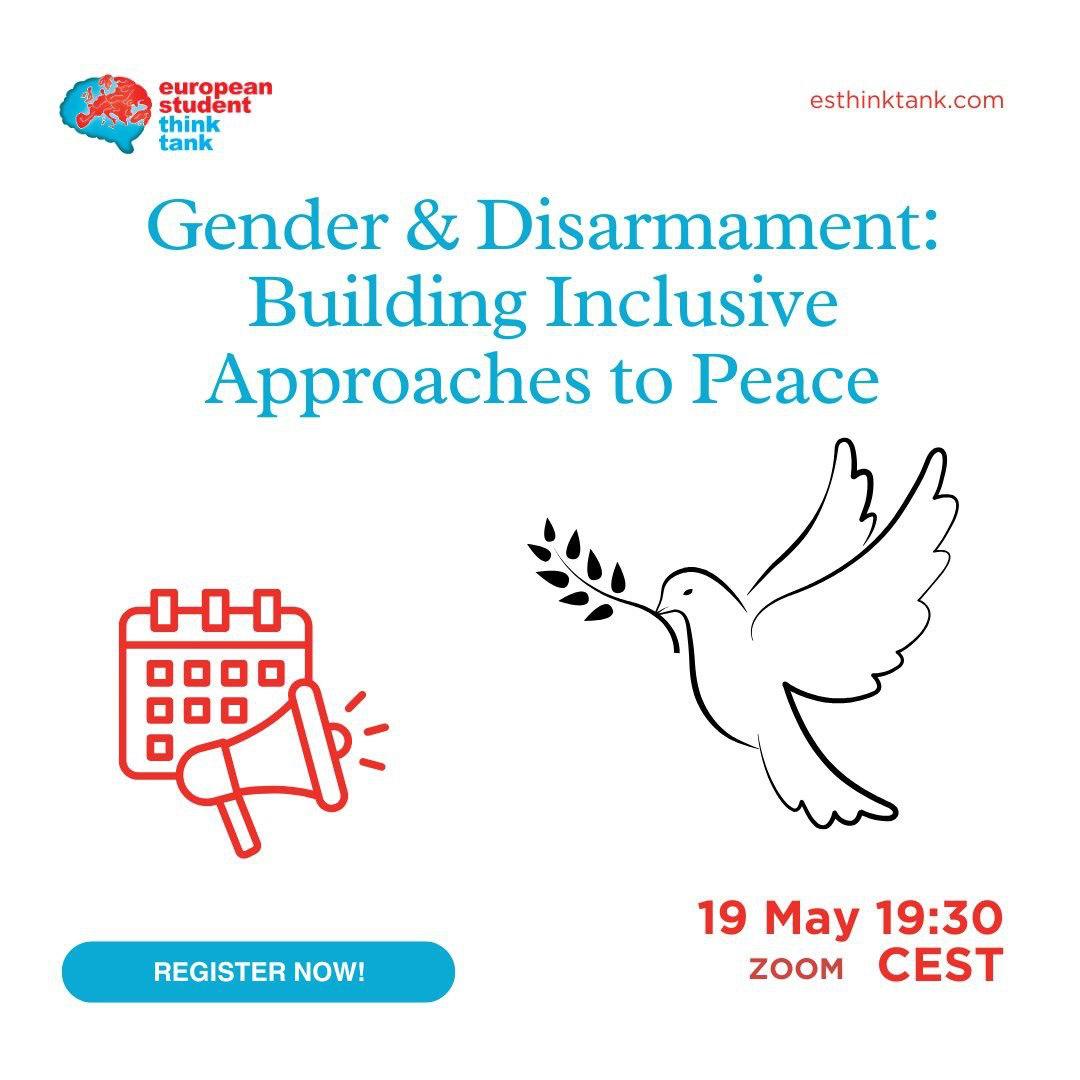 On the 14th of October the EST organized a visit to the European Commission Representation in Austria to get an insight into the work of an EC Representation. Our Austrian Ambassador Johannes Tropper writes vividly about his experience during this visit!
On the 14th of October the EST organized a visit to the European Commission Representation in Austria to get an insight into the work of an EC Representation. Our Austrian Ambassador Johannes Tropper writes vividly about his experience during this visit!
The European Commission Representation in Austria together with the European Parliament Representation resides in the new building “Haus der Europäischen Union” opposite the Austrian stock exchange in Vienna. A group of students were given the opportunity to be briefed on the work of the EC Representation.
The various representations of the European Commission, located in every member state, are the main contact points for citizens and authorities in the respective member states. Unlike EU Delegations, which are based outside the European Union or at International Organizations and are subject to the European External Action Service (EEAS), EC Representations are only located in the member states and are anchored in the Commission’s Directorate General Communication. Representations in large member states are supported by so-called Antennas, which are regional representations. Currently, the EC has 28 Representations and 9 Antennas. In the new Commission, the DG Communication has been promoted to be one of the four departments under the direct authority of the president of the European Commission.
The main duty of the EC Representation is to represent the European Commission in the member states. Not only shall it function as a contact point for the respective government, but also the citizens. Hence it is not only representing the EC, but also more generally providing information about the European Union to interested citizens and the media. Information about the EU has to be tailored to meet local needs, which differ from country to country and region to region, respectively. Last but not least, the EC Representation writes reports about the political and economic situation in the country. This includes country reports for the European Semester, which is the annual on which EU economic rules are to be implemented. In this piece basis recommendations can be provided to the member states. In general the Representation can be described as a channel, which communicates both ways: from the Commission towards member states and back to the Commission.
The EC Representation in Austria has 20 employees. Some are still employed on an older contractual basis, while the newer ones are usually civil servants from the Commission. Civil servants are obliged to switch posts in the European Commission, which can include moving to Representations in member states. The goal of such a rotating principle in the Commission is to ensure life-long learning, fresh input and anti-corruption. Not all of the employees are under the authority of the head of the Representation as some are linked to other Directorates- General such as the Directorate-General for Economic and Financial Affairs.
The head of the Representation is Jörg Wojahn, a German citizen who worked for the EEAS and the EU anti-corruption body OLAF, is representing the Commission in Austria. His role could be described as that of an ambassador. The head of the Representation is the first contact person of the Austrian government with regards to EU policies and he can give statements on behalf of the Commission in Austria.
Compared to previous years the budget of the Representation has decreased significantly. In 2014 the Representation in Austria was allocated €750,000 for its operative budget, which is 33 per cent less than in 2013.
The Representation has a great network with partners from different parts of societies ranging from schools to local politicians. On the one hand the Representation organizes events such as political talks on its own and is present at events of other organizations; on the other hand it cooperates with organizations from civil society for common projects (such as exhibitions), or more recently a theatre play.
For more information about the work of the European Commission in Austria and the used illustration, please visit:
http://ec.europa.eu/austria/index_de.htm
http://ec.europa.eu/austria/documents/aboutus/jahresbericht_eu_komm_oe_2014_web.pdf
http://www.europarl.europa.eu/sides/getDoc.do?language=de&type=IM-PRESS&reference=20091015IPR62560

 The invention of development: power, narrative, and the afterlife of Truman’s speech
The invention of development: power, narrative, and the afterlife of Truman’s speech  Is the World Trade Organisation a Failure?
Is the World Trade Organisation a Failure?  Is EU citizenship for sale – or for keeps? A critical analysis of the CJEU’s Golden Visa ruling.
Is EU citizenship for sale – or for keeps? A critical analysis of the CJEU’s Golden Visa ruling.  The European Union in Space: From exploration and innovation to security and autonomy
The European Union in Space: From exploration and innovation to security and autonomy 


